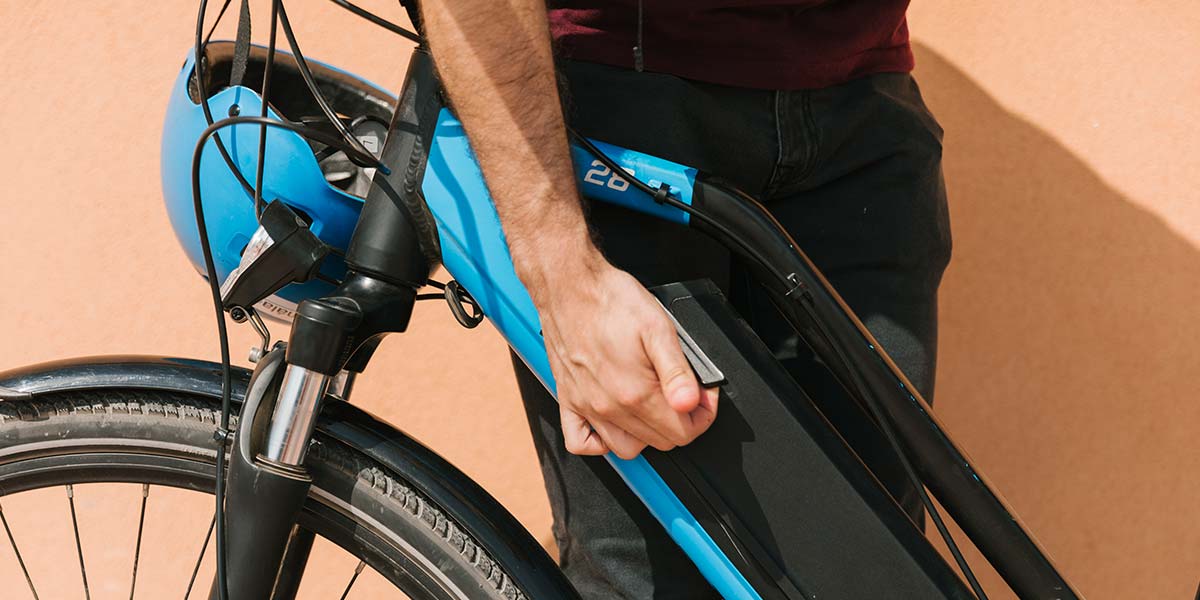Electric scooters have become a common sight on the streets of cities around the world. These compact and environmentally friendly transport devices have a long and interesting history that goes back more than a century. In this blog, we will explore how electric scooters have evolved from their first prototypes to today's modern models.
Early prototypes and concepts
Although electric scooters are ubiquitous today, their development began long before they became commercially available. The first concepts of electric scooters appeared at the end of the 19th and the beginning of the 20th century. However, those early models were limited by technical challenges, including batteries that could not provide enough power for longer drives.
Beginning of mass production
The real popularity of electric scooters began to grow in the second half of the 20th century. During the 1980s and 1990s, several companies, especially in Asia, began mass-producing electric scooters. However, these early models were still quite simple and did not attract mass attention.
Innovations and technical progress
The first signs of serious technical progress in electric scooters began to appear in the early 2000s. Better batteries and electronic controls have enabled greater autonomy and faster charging. Also, romobils have become lighter and more practical for everyday use.
Smart connectivity and design
Today, electric scooters have undergone a real revolution. Modern models are equipped with advanced features such as smart connectivity through mobile applications, GPS tracking, built-in lighting systems and other innovations that improve safety and driving convenience.
Also, the design of electric scooters has become more elegant and attractive to users. Today you can find different models with different speeds, autonomy and design, adapted to different needs and preferences.
The future of electric scooters
Although we currently enjoy the benefits of modern electric vehicles, the future of these devices looks bright. Battery research and development continues to increase autonomy and shorten charging times. Also, further improvement of the infrastructure for electric vehicles is expected, including more bicycle lanes and parking lots for them.
In conclusion, electric scooters have come a long way from their early prototypes to modern models. These devices have become an indispensable part of the city's transport systems and contribute to the reduction of harmful gas emissions. With constant technological innovation and growing popularity, the future of electric vehicles looks bright and promises even better and more practical models for future generations.











